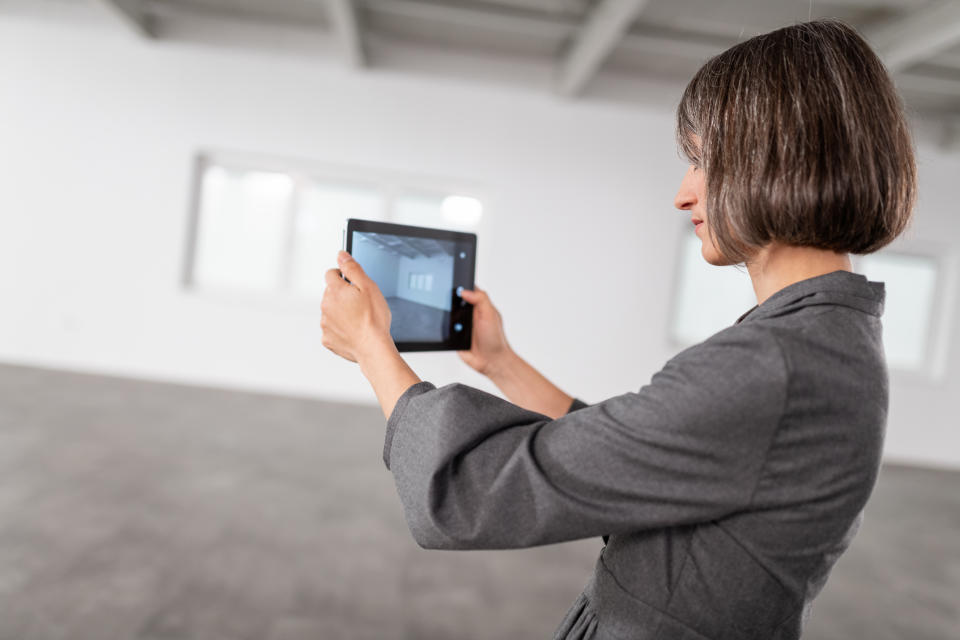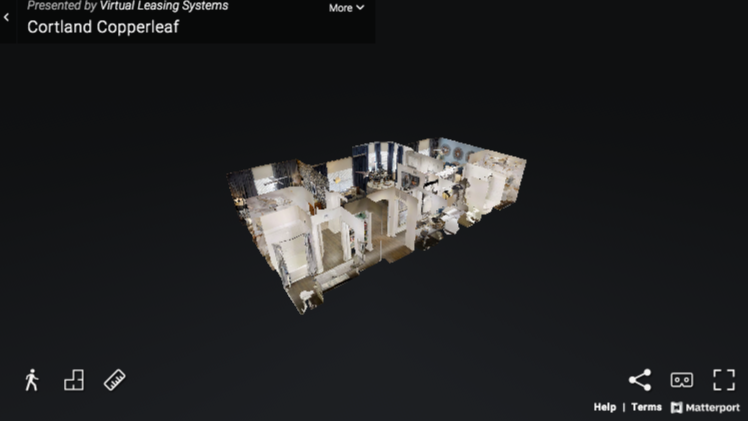People are actually buying homes without ever physically seeing them: study
One in every 20 homebuyers purchased a house sight-unseen during the coronavirus pandemic, according to a new study.
Before March, only 3% of buyers purchased a home without ever setting foot on the property. The pandemic brought a small 2 percentage point bump to virtual homebuying, according to a new study by the National Association of Realtors (NAR).
“People really didn’t buy houses sight-unseen, traditionally. It’s still not a huge number, but it has gone up, and we have definitely seen that trend accelerate,” said Jessica Lautz, vice president of demographics and behavioral insights at NAR.

For most other buyers, virtual tours narrowed down their home search. Buyers viewed five homes online and four homes in-person during the pandemic, compared to nine homes in-person in 2019, according to NAR. This was the first year NAR asked buyers to specify the number of homes toured virtually.
“There are different ways they were embracing that technology, whether you create a 3D virtual tour or have a Realtor or even the seller physically in the house, showing the home to that buyer going around the house. Sellers are creatively embracing technology and finding ways to stay safe but also show the house,” said Lautz, who said NAR members expect virtual technology use will last beyond the pandemic.

Listings offering 3D and virtual tours generated 300% more engagement and 10 times the clicks of traditional listings during the pandemic, according to Zumper, a San Francisco-based online listing service. Sellers noticed the jump and shifted to meet buyer preferences. Some 27% of sellers offered virtual tours during the pandemic, compared to only 16% before April, according to NAR.
“The world has progressed from flat, non-interactive images to semi-interactive video and now fully immersive 3D media,” said Gregory Ardbelava, CEO of New York City-based 3D tour producers 3D Apartment and Listing3D.
Sarah Paynter is a reporter at Yahoo Finance.
Read the latest financial and business news from Yahoo Finance
Follow Yahoo Finance on Twitter, Facebook, Instagram, Flipboard, SmartNews, LinkedIn, YouTube, and reddit.
More from Sarah:
Is the Democratic or Republican Party better for homeowners?
American dream of owning a home less attainable as home values rise $2 trillion
Barbara Corcoran: Housing market is hot, election results won’t matter

